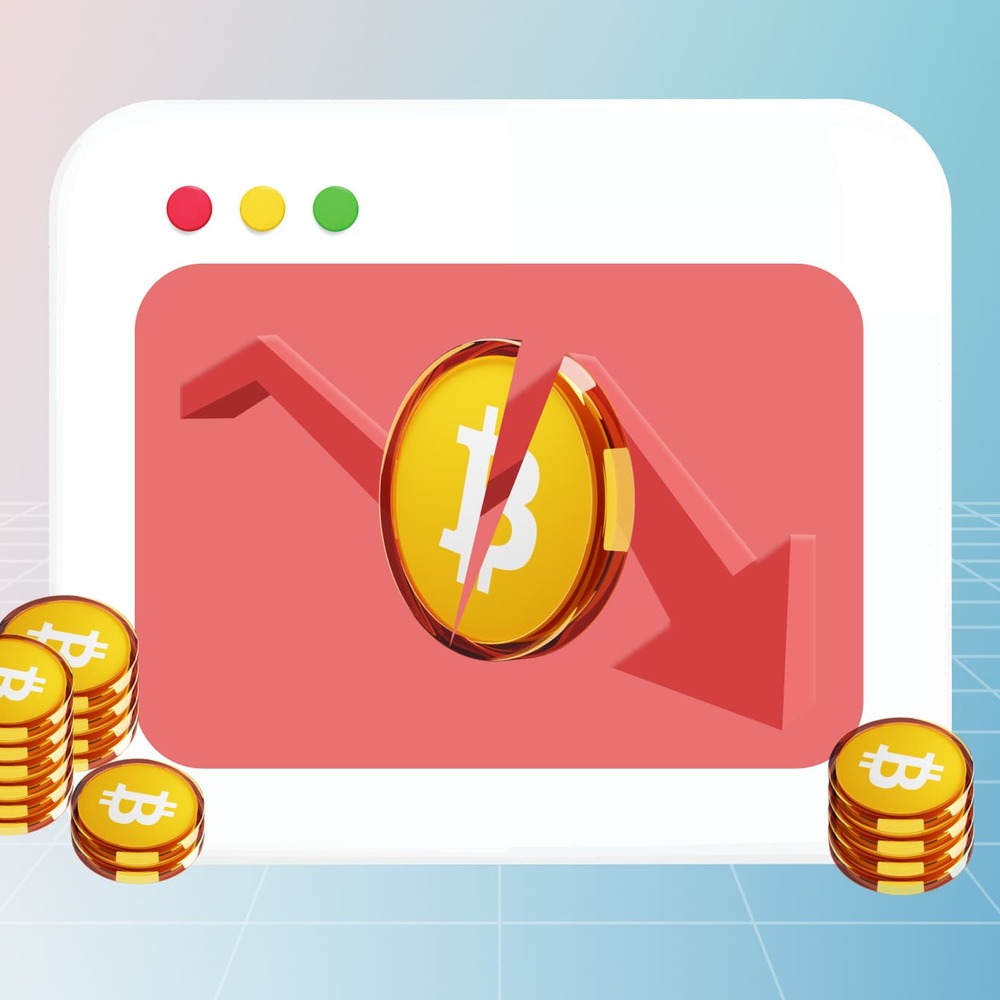What is Bitcoin?
Bitcoin is a digital currency, often referred to as a cryptocurrency, that allows for peer-to-peer transactions over the internet without the need for a central authority or intermediary, such as banks. It operates on a decentralized network technology called blockchain, where transaction data is securely recorded and verified by a network of computers (also known as nodes).









By leveraging their expertise, you can more effectively participate in the Bitcoin market while strategizing for long-term holdings. This balanced approach to investing and trading can potentially yield profitable results in the ever-evolving landscape of cryptocurrency.
We're constantly improving our trading platform, trying to make it the best on the market.

Quick Links
©SIMPLY BIT, All rights reserved